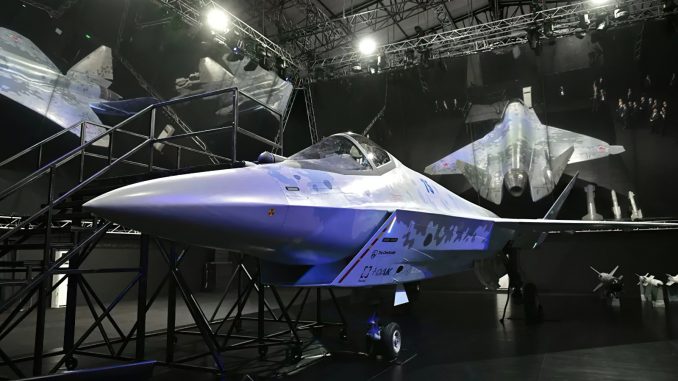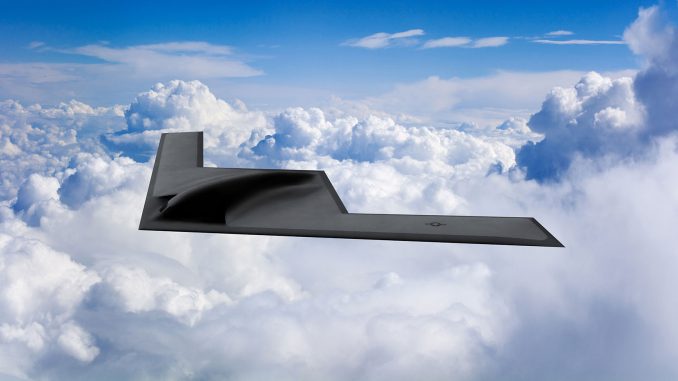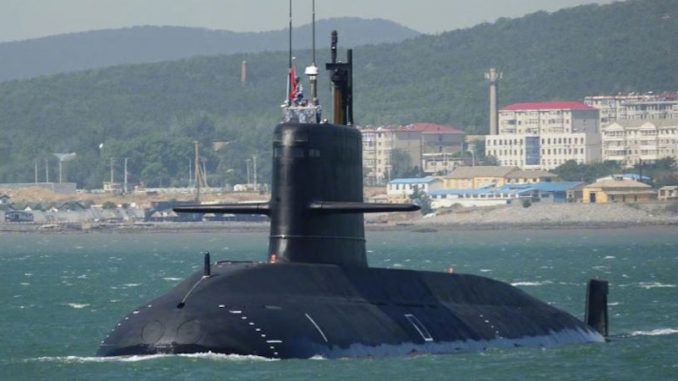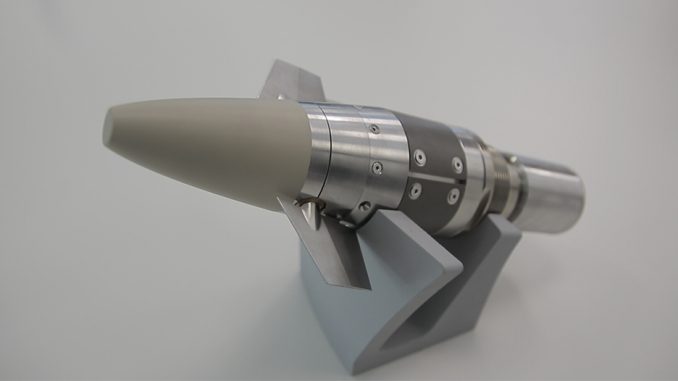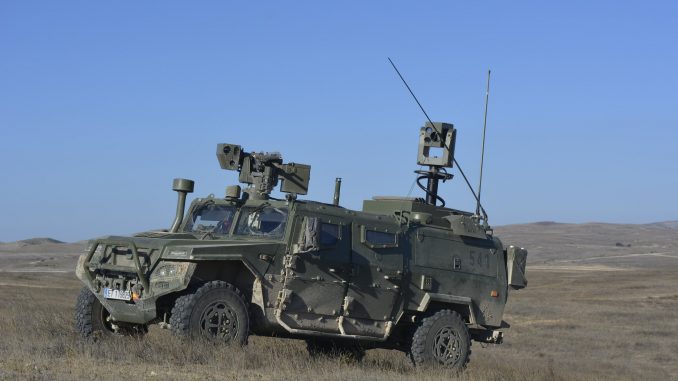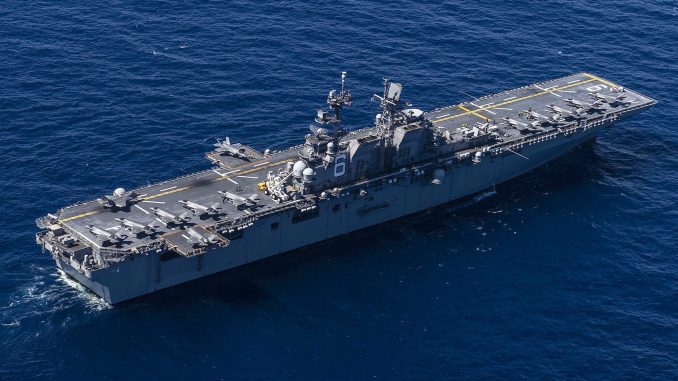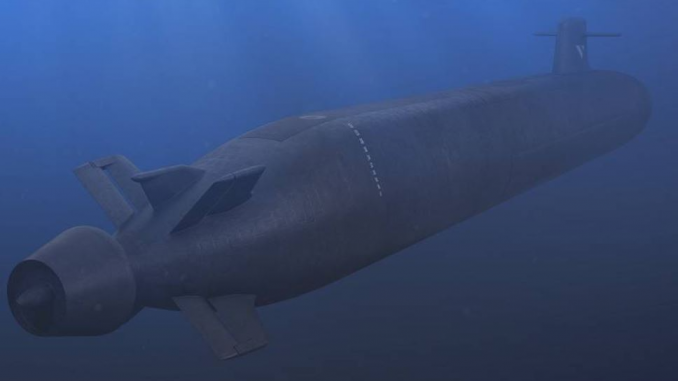Articles on Defense, Armament and Armed Forces are extensive, rigorous, independent and of proven quality.

The technologies of the future logistics base of the Army
Just a few days ago we spoke to you in depth about the future logistics base of the Army and everything that has surrounded the decision to grant Córdoba the privilege of being its headquarters. Also about the conceptual errors that, a priori, a complex, controversial project seems to have, requiring a huge investment that is not assured. In the next lines we will delve into the technological part of the program, since what characterizes this project and differentiates it from previous initiatives is, among other things, the central role that technologies, in many cases disruptive, play in it. (Continue…) Dear reader, this article is exclusively for paying users. If you want to access the full text, you can subscribe to Ejercitos Magazine taking advantage of our offer for new subscribers through the following link.


